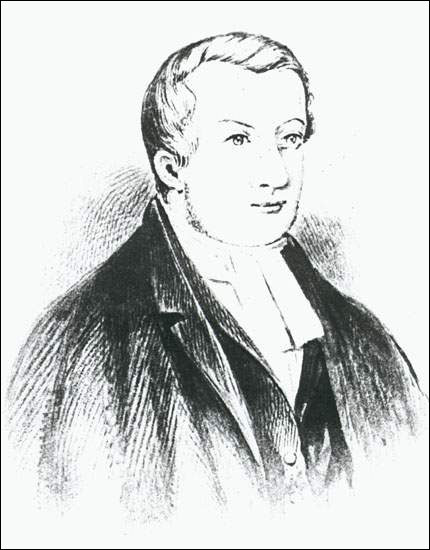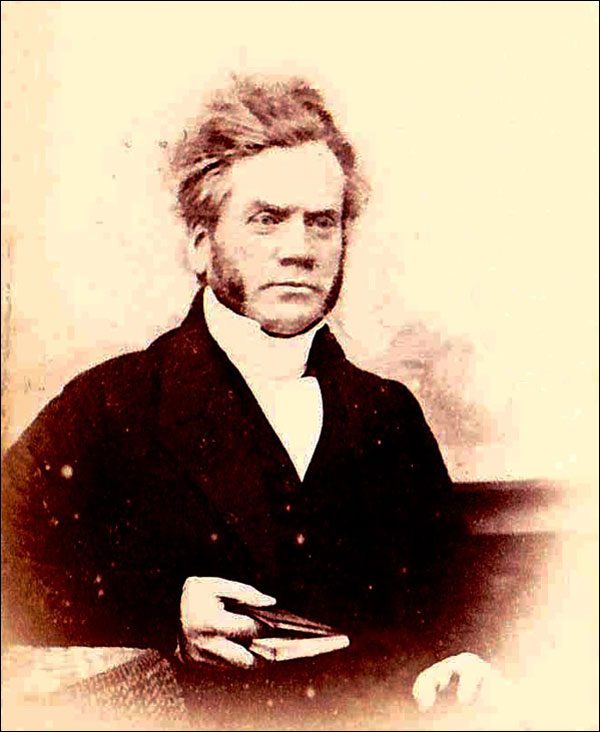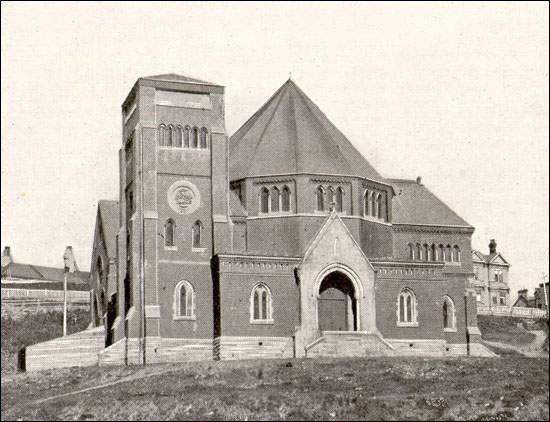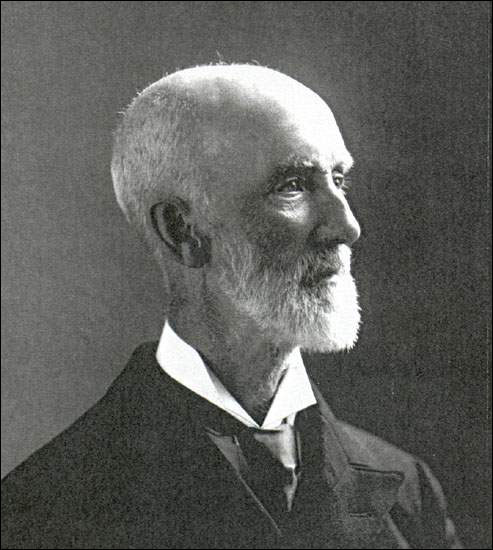The Presbyterian Church in Newfoundland
The first Presbyterian congregation in Newfoundland, called "St. Andrew's Church in connexion with the Church of Scotland," was organized in 1842. A building was erected on the hill above Gower Street and Long's Hill in St. John's, and dedicated for worship on December 3rd, 1843. The minister was the Reverend Donald Allan Fraser, who had served many years as a pioneer clergyman in Nova Scotia. Fraser served only three years before his death, but he left a lasting imprint on the congregation and the community. His descendants have been prominent contributors to the life of Newfoundland.

Presbyterian Origins
Presbyterianism is one of the original branches of Protestant Christianity. In the 16th Century European churches divided on the question of authority, whether the Pope or the Bible should have supremacy. Those who affirmed the primacy of Scripture were the Lutherans, Anglicans, Baptists and Reformed. In English-speaking countries the Reformed Churches were called Presbyterian. The name comes from the Greek word presbyteros meaning elder. Elders are distinctive in Presbyterian church government: some are ministers, others are lay people, men and women who share responsibility for the work of the church.

Newfoundland Presbyterian churches have always been associated with those on the mainland. The original St. Andrew's Church was part of the synod based in Nova Scotia. In 1875 the Presbyterian Church in Canada was formed from several synods in Ontario, Québec and the Maritimes, and the churches in Newfoundland were among the founding congregations of the new denomination. At that time there were three, one in Harbour Grace, and two in St. John's, both called St. Andrew's - St. Andrew's Free Church, and St. Andrew's Kirk. The division had arisen from legal battles in Scotland, but when both became part of the new Canadian body they quickly reunited and built a new church on the corner of Duckworth and Cathedral streets. This fine structure built in 1878 was destroyed in the great fire of 1892. A new sanctuary was then built on the original site of the Kirk on the hill above Queen's Road. This is the present St. Andrew's Presbyterian Church, opened for worship in 1896. It is still known as The Kirk, "kirk" being an old Scottish word for church.

Growth and Expansion
With the establishment of the new Canadian church in 1875 came a new effort to expand and develop new work. New churches were established in the Bay of Islands, Green Bay and on Bell Island. The Rev. David Creelman came to Petries Point, now part of Corner Brook, in 1876. The winter of 1879-1880 was a terrible season, with many people close to starvation. Creelman retired to Nova Scotia in broken health, and died not long afterwards. His work was continued by other ministers, most notably the Rev. John Munn Allan, and eventually became the foundation on which was built the congregation of First United Church, Corner Brook.
Allan boasted that he was the first minister to preach the gospel in Grand Falls, and the congregation of St. Matthew's continues his work, the oldest congregation of any church in the mill town on the Exploits River. The Green Bay mission among miners at Betts Cove and Little Bay lasted only a few years, and similarly the Bell Island church was short-lived. More recently a congregation was established in Wabush, but this too has now disappeared.
In 1925 the Presbyterian and Congregational Churches in Newfoundland did not enter the United Church of Canada when it was formed on the mainland. Only the local Methodists joined the new body. The Congregational Church on Queen's Road adhered to the Westminster Confession of Faith, and drew its ministers from England. In 1938 it petitioned the General Assembly for admission into the Presbyterian Church. In 1962 the congregation built a new sanctuary on Elizabeth Avenue and took the name of St. David's Church. It thus became a new congregation with a history reaching back two centuries.
Notable Clergy
One of the most remarkable Presbyterian ministers was the Reverend Moses Harvey, minister of the Free Church congregation from 1852 to 1878. Apart from being a loyal minister of a lively congregation, he was an writer on science, history and geography.

Other notable clergy have been F.S. Coffin in Harbour Grace, Wilfred Moncrieff in Grand Falls, Andrew Robertson and Sheldon MacKenzie at St. Andrew's, James Goldsmith and Dr. James Armour at St. David's.
Community Involvement
Presbyterians have taken a prominent part in the life of the province. Robert Thorburn, prime minister of the colony from 1885-1889, was a leading member of St. Andrew's Church. The Cowans were farmers to the west of St. John's, and members of the family are still active in the life of the congregation. The Templeton family has contributed a succession of leaders to the Kirk, including Dr. Anna Templeton, who pioneered women's work in many areas of the province. St. David's Church, which celebrated its 225th anniversary in 2000, has become the home of the local Dutch community. Dr. Andy den Otter, a professor at MUN, is the first lay elder to be Moderator of the Presbytery of Newfoundland. Both congregations have had close connections with the University among staff and students, professors and administrators, and many members of the teaching profession.
The Presbyterian community has been alive to the needs of people in the province and throughout the world. Two missionary doctors from Newfoundland served for many years overseas. Dr. George Gushue Taylor served in Taiwan from 1911 to 1940. His work was central in the successful eradication of leprosy from the island. Dr. Stanley Martin went to Korea in 1914. A stone pagoda in Toronto commemorates his heroic service, including his work in ministering to casualties in the uprising for Korean independence in 1919. Now the Lorna Robertson Fund assists projects of outreach and development overseas, and had a part to play in developing a community centre in a black township in South Africa. In St. John's there is the Ada Barnes House, a transition house for new immigrants supported by St. David's Church. St. Andrew's has a Scout Troop which continues a tradition of over half a century. The church was the original home of the St. John's Pipe band.
The Presbyterian congregations in Newfoundland continue as part of The Presbyterian Church in Canada, which has congregations throughout the country. The church is a community of faith and a community of people. Its concerns touch young people and older folk, citizens of Canada and friends in many countries of the world. Living Faith, the modern doctrinal statement, includes this affirmation of hope:
God has prepared for us
things beyond our imagining.
Our hope is for a renewed world
and for fullness of life in the age to come.




